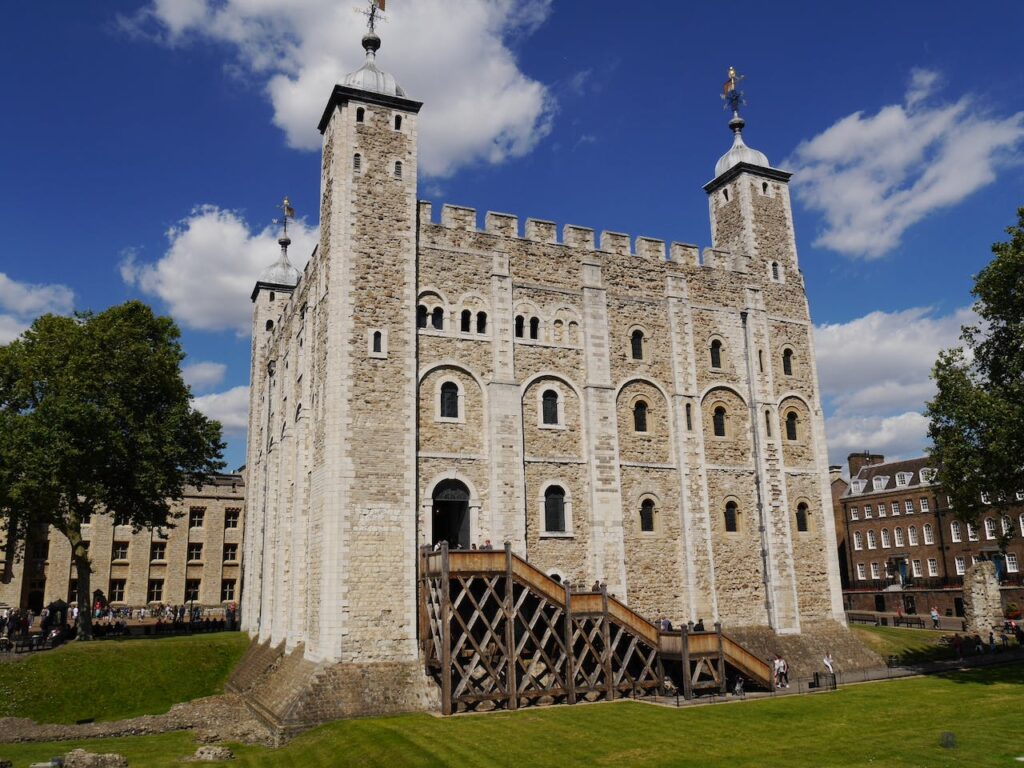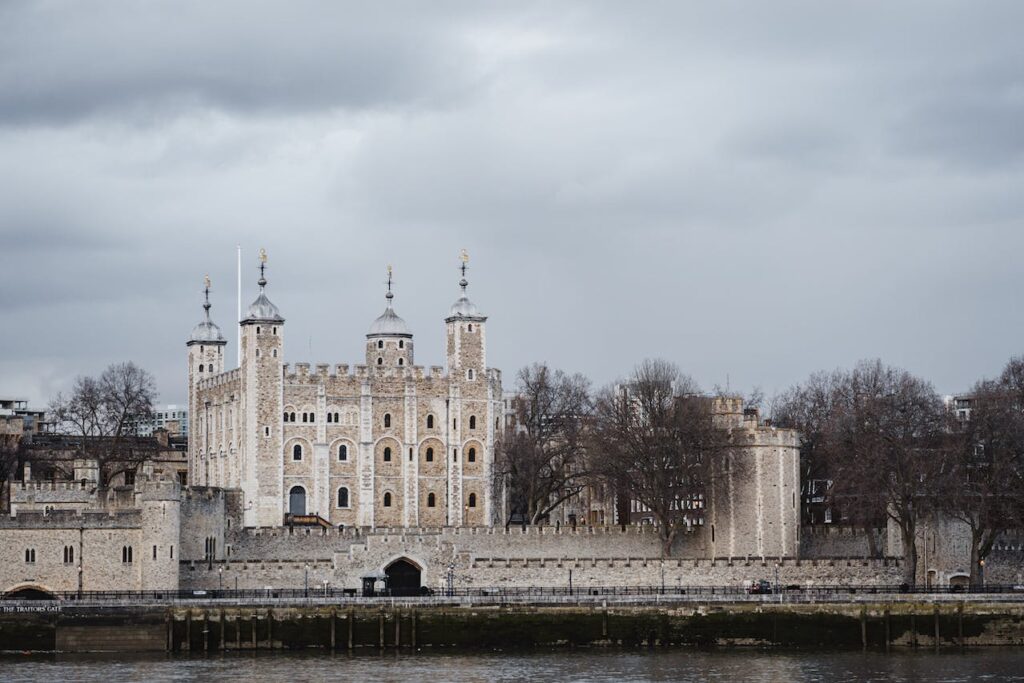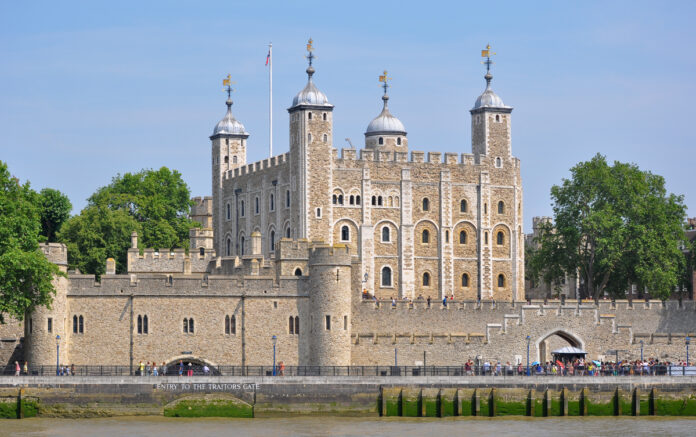Nestled along the banks of the River Thames, the Tower of London stands as a formidable sentinel, echoing centuries of history and intrigue. This iconic fortress has borne witness to royal ceremonies, political machinations, and bloody executions, making it a living testament to the ever-evolving tapestry of British history. In this exploration, we delve into the labyrinthine corridors of the Tower, unraveling the tales that have shaped its storied past.
Page Contents
A Fortress Fit for Royalty
Constructed by William the Conqueror in the aftermath of the Norman Conquest in 1066, the Tower of London was initially conceived as a symbol of dominance and a deterrent against rebellion. The White Tower, its central core, was an architectural marvel of its time, showcasing the military prowess and ambition of its creator. Over the centuries, successive monarchs expanded the fortress, adding layers of defenses and turning it into a sprawling complex that included the iconic Traitors’ Gate and the Tower Green.
Read Also : The City of Pompeii
Crown Jewels and Royal Treasures
Within the Tower’s secure confines lies the Jewel House, home to the dazzling Crown Jewels of the United Kingdom. The collection, including the Imperial State Crown and the Sovereign’s Sceptre with Cross, is a testament to the opulence and grandeur associated with the British monarchy. The Tower’s role as a repository for royal treasures has made it a target for thieves throughout history, with attempts ranging from the audacious heist by Colonel Blood in 1671 to the more recent foiled plot in the mid-20th century.
The Tower’s Dark Side
Beyond its role as a royal residence and repository of riches, the Tower of London has a darker side, stained by the blood of political prisoners and executed traitors. The Tower’s grim reputation as a place of imprisonment and execution reached its zenith during the Tudor era. Notable figures like Anne Boleyn and Lady Jane Grey met their tragic ends within the Tower’s stone walls, their stories echoing through the annals of history.

The Ravens of the Tower
Legend has it that the fate of the British monarchy is intertwined with the presence of ravens at the Tower of London. According to the myth, if the ravens ever leave, the White Tower will crumble, and disaster will befall the kingdom. To this day, a group of ravens is carefully maintained at the Tower, their wings clipped to prevent them from straying too far. This mystical tradition adds an air of enchantment to the Tower and reflects the deep-rooted superstitions that have permeated its history.
Notorious Residents
The Tower of London has housed a diverse array of residents over the centuries, from prisoners of noble birth to common criminals. Sir Walter Raleigh, the intrepid explorer, spent years in the Tower’s confines, writing his influential work, “The History of the World.” The infamous Kray twins, notorious East End gangsters, were also briefly imprisoned here during World War II. These disparate tales showcase the Tower’s adaptability as a place of confinement for individuals from all walks of life.
Glorious Pageantry
Amidst the shadows of its grim history, the Tower of London has also been a venue for grand pageantry and royal celebrations. The iconic Ceremony of the Keys, a nightly ritual that has taken place for over 700 years, symbolizes the locking of the Tower gates and the securing of the monarch’s safety. The annual installation of the Constable of the Tower, a position historically held by a noble or military figure, is marked by a colorful ceremony that harks back to medieval traditions.

Preserving the Past
The Tower of London has undergone numerous changes and renovations over the centuries, but efforts have been made to preserve its historical integrity. Designated a UNESCO World Heritage Site, the Tower attracts millions of visitors each year who are eager to explore its medieval architecture, the haunting Bloody Tower, and the medieval Chapel Royal of St. Peter ad Vincula, the final resting place for some of its most famous prisoners.
Read Also : The Terracotta Army: Guardians of Qin Shi Huang’s Tomb
Conclusion
In the heart of London, where the modern metropolis pulses with life, the Tower stands as an enduring symbol of the United Kingdom’s rich and complex history. From its origins as a Norman fortress to its role in shaping the destiny of monarchs and political figures, the Tower of London continues to capture the imagination of those who venture within its walls. As a custodian of centuries past, it beckons visitors to explore the layers of history and intrigue that have defined this iconic fortress, ensuring that its tales resonate for generations to come.


